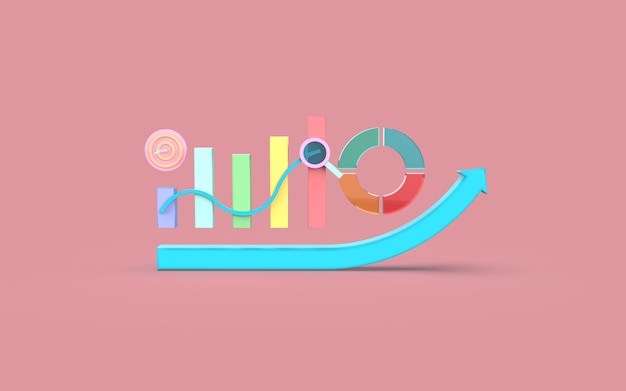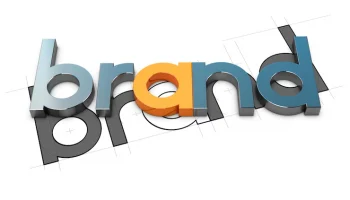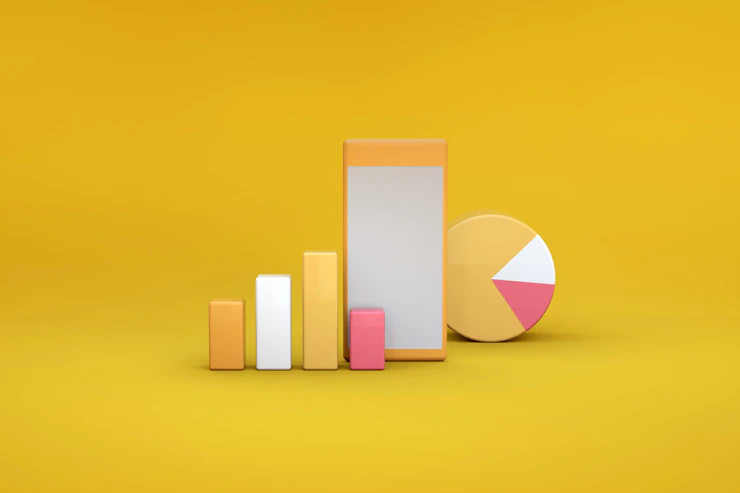Whether it’s for marketing purposes or to illustrate statistical analysis to your co-workers, an infographic is an excellent tool to impart knowledge and information that is pleasing to the eye and easily digestible.
Producing visually agreeable graphic illustrations that break down data, attract the eye, and education is very much an art form that is in high demand in 2023, and putting one together can be very beneficial to your company or business.
What Is An Infographic?

So what is an infographic? Well, you almost certainly know what an infographic is but have perhaps never considered the specific name given to this type of image. Well, the term infographic is just a posh combination of the words information and graphic, combined in the form of a portmanteau, to bring us the term ‘infographic.’
An infographic is a graphical representation of information in the form of an image. Often an infographic will include various elements, including specific data and images to help attract the eye and convey information, usually in the form of statistical data, in an easily digested way.
They are particularly successfully received in the social media age, where the ability to condense information into manageable chunks will always be well received by an audience that is used to consuming information in bite-sized chunks.
You can, for instance, consider an infographic in the way you might contemplate the character limit on a tweet.
So here we mean that a tweet is deliberately designed to force the consumption of a message or information into a set amount of characters, and an infographic is a pursuit of presenting a large amount of information into a single image (albeit one that can be made up of many individual images) so that is can be more easily understood and considered.
What Is The Purpose Of An Infographic

In the simplest of terms, an infographic is a graphical display of information produced to help a reader or viewer understand or disseminate a message in a straightforward manner.
As an example, consider a business that wants to convey to its workers the financial breakdown of its products and services. An infographic may point out to readers many different aspects, from the costs associated with a line item to the hours used to produce it and perhaps the percentage of customers’ satisfaction with the said product, item, or service.
Often an infographic will include various charts within it, be that a pie chart or another type, along with bolded numbers and terms to help isolate terms that you’d want readers to really focus on.
In this example, an infographic may be better than, say, a four-page detailed report that delves deeper but isn’t going to be easily understood and therefore acted upon. Here the infographic will help to focus the efforts of workers in order to maximize productivity.
In another example, a customer satisfaction survey may be better illustrated in an infographic than in a report. You’d pick out critical aspects from a report and put them in a prime position, along with essential elements and information derived from a more extensive report.
This would, in theory, be a better way of delivering the key results of such a survey than a report that dryly provides important information to workers.
The Differing Types Of Infographics

The success and frequency of the production of infographics have led to a nearly infinite number of types, but broadly speaking, these are the most popular ways you might see these on a day-to-day basis.
The Statistical Infographic
Much like the examples alluded to above, these deal with the representation of dry numbers in a way that is far more user-friendly and can be presented to many groups, from employees to customers to students, etc.
The Timeline Infographic
These deal with the presentation of information in a chronological format. This would break down relevant events to times and is a great way to lay out time-related information in an arresting manner.
The Process Infographic
If you want to set out a process for a group, this is a great way to do so. Here the information is set in a step-by-step format, helping to explain to the relevant readers how a process is laid out and might also explain why it’s laid out in this way.
The List Infographic

How many times have you read a list that invariably involves a random number followed by a grouping? It’s what has kept sites like Buzzfeed alive and well all these years. Now, this information is often presented in the form of an infographic. This is great for goal-orientated info you might want to aim at your employees.
Like What You’re Reading?
Sign up for Tips & Tricks newsletter for expert advice to get the most out of your technology
How To Make Your Own Infographic
Full disclosure, making an infographic isn’t easy. Putting one together is tricky, and we are just talking from a design perspective and not even touching upon the act of how best to position information and images from the angle of what works best from a user journey viewpoint.
There are many tools online to help you in this area, all of which offer countless templates, and you are best off trying things out and getting stuck into the process. Then you should try out the completed infographics with a sample group to see if they work from a data consumption standpoint.
You may also consider the option of outsourcing such a project, presenting trained professionals with the task, outlining what you hope to achieve from the finished product, and letting the experts put together an infographic that will truly rock.
Additional:




























